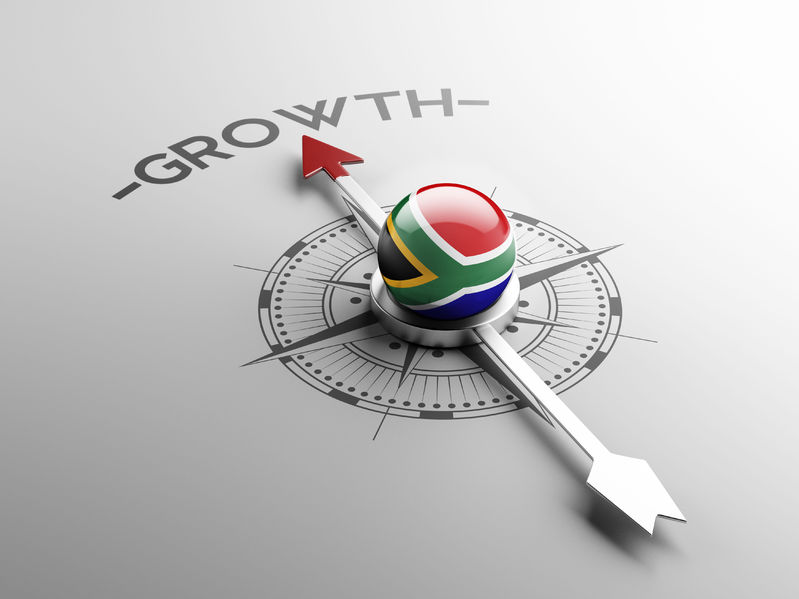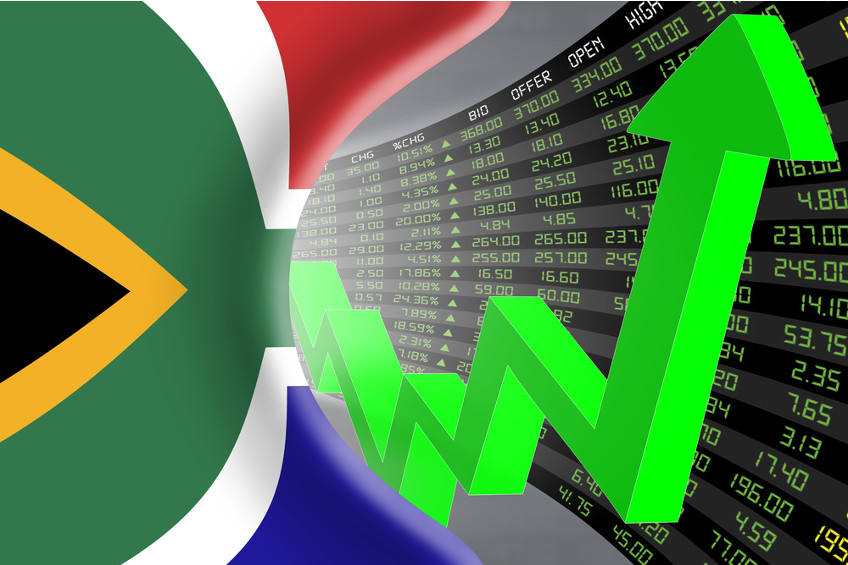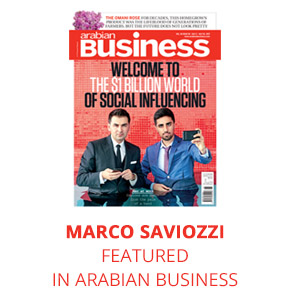South Africa is renowned for its mining resources. It is the world’s fifth largest producer of industrial diamonds and it ranks seventh for gold. But the country’s appeal for investors is not limited to commodities – since the Johannesburg Stock Exchange (JSE) opened in 1887, South Africa has been a land of opportunity for investment in equities too.
A recent report from Credit Suisse detailing equity growth in 23 countries from 1900 to 2016 showed that the highest overall returns came from South Africa.
But before you go rushing in to trade or invest, there’s a lot to consider. It’s easy to forget that South Africa is still considered a developing economy. As of 2015 it ranked 32nd in the world by GDP, far below the BRIC (Brazil, Russia, India, China) countries. Recent years have seen South Africa shaken by political instability, civil unrest and the downgrading of the economy by two major ratings agencies.
So investing in developing markets can bring great rewards, but it also carries corresponding levels of risk.
South Africa finance: the ups and downs of 2015-16
With a population of over 55 million and a GDP of nearly USD 315 billion as of 2015, South Africa is huge. It wrestles with Nigeria to be Africa’s largest economy and has long been viewed as an important gateway market to sub-Saharan Africa, giving foreign investors access to a market of around one billion people.
The JSE is the largest exchange in Africa and the 19th largest globally, dealing in equities and bonds as well as financial, commodity and interest rate derivatives. In the first quarter of 2016, foreign direct investment in South Africa reached an all-time high of ZAR 2,089 billion.
But last year was a tumultuous one too. The Rand hit some painful lows following President Jacob Zuma’s shock decision at the end of 2015 to remove Finance Minister Nhlanhla Nene from his cabinet, an event that became known as ‘Nenegate’. It also strangely foreshadowed the more recent ousting of Pravin Gordhan, who had eventually taken over from Nene for a second term in office, following a botched attempt to install little known ANC backbencher David van Rooyen in the post. From the beginning of 2016 the Rand fell from ZAR 15.56 against the US dollar to an all time low at ZAR 17.99. It’s since recovered, though, and at the time of writing sits at 13.62 to the dollar.
From the beginning of 2016 the Rand fell from ZAR 15.56 against the US dollar to an all time low at ZAR 17.99.
As far as the JSE was concerned, 2016 was a year of ups and downs as well. Many of the country’s largest companies saw their share values decline, while others performed well, notably in mining and the financial sector. Mining was resurgent after a stagnant few years, which may be down to steadier labour conditions and possibly a boost from the turbulent political world stage, in which Brexit and Donald Trump’s presidential election victory pushed people into ‘safer’ bets. For South Africa, read ‘gold’.

Both Anglo American and Glencore saw large rises, the former recording more than 200% growth in 2016 while the latter’s price rose 134% over the same period. In finance, Standard Bank, Nedbank, Capitec, Absa, and FirstRand all saw growth of between 30% and 40% in 2016. The JSE looks to have recovered too from the dark days around the end of last year, and while a chart of the last year shows it’s not quite back to where it was pre-Nenegate, things are on the up.
New reasons to invest in South Africa in 2017
Among South Africa’s attractive assets for investors are a well-diversified, productive economy, abundant natural resources and a relatively transparent legal system. South Africa also has a wide range of measures in place to encourage foreign investment – the country supports close to 50 bilateral investment treaties and scores far higher than the rest of Sub-Saharan Africa on protection of investors.
On the downside, it still suffers from a high crime rate, social unrest and structural issues in utilities and logistics. Yet despite the trials of 2016, there is good reason to suppose the future may be bright.
This year, South Africa re-appeared in AT Kearney’s barometer of foreign direct investment (FDI). After a two-year absence, its inclusion in the 2017 FDI Confidence Index marks the first entry into the top 25 for an African or Middle Eastern country since 2014. While AT Kearney notes that the outlook is mixed, with issues around governance, exchange rate volatility and high unemployment, it also points out that the country’s economy continues to improve and still outstrips its African neighbours. It predicts that GDP growth could reach 0.8% this year and double to 1.6% in 2018.
It predicts that GDP growth could reach 0.8% this year and double to 1.6% in 2018.
Old Mutual also sees a brighter future for South Africa, claiming that growth will be marginally better in 2017, and Deloitte notes that a recent upward trend in commodity prices may well work in the country’s favour. South Africa has access to a large semi-skilled and unskilled workforce, which has been attractive to investment, particularly in manufacturing. In 2015 BMW invested USD 417 million in its South African plant.
Finally, taking a broader view of your investments, particularly around diversification, there is some mileage in having exposure to developing economies. It can help investors to get away from the phenomenon known as ‘home bias’, in which, unconsciously or otherwise, investors tend to weight their portfolios towards shares from companies based in their own country. Like any form of under-diversification, that can put you at more risk. Investing in markets that are ‘uncorrelated’ – when they move they don’t move in the same direction – can bolster the resistance of your portfolio to volatility and shocks.

Tough times but the investment keeps coming
South Africa has experienced growing tensions, with large demonstrations taking place against the current presidency. In April this year, ratings agency S&P downgraded the government’s foreign currency debt to ‘junk’ status. Fitch then followed suit, cutting Rand denominated debt to BB+ and causing South Africa’s banking index to fall to its lowest in six months.
Many see the recent public demonstrations as a reaction to President Zuma’s decision to remove Gordhan, along with Deputy Finance Minister Mcebisi Jonas. To add to the controversy, he also appointed 10 new cabinet members and, while the worry is that this may split the ruling ANC party, it could also knock confidence in the government’s commitment to the economy.
In April, around 100,000 protestors called on President Zuma to resign, citing corruption, cronyism and favouring the good of political and business allies over the needs of the nation. While there were similar marches across the country, Pretoria’s was the first to bring together seven opposition parties in protest since the ANC came to power in 1994.
Social unrest has also dogged the country in recent years. In 2014 there were more than 80 strikes, which reportedly cost the economy in the region of USD 500 million.
Social unrest has also dogged the country in recent years. In 2014 there were more than 80 strikes, which reportedly cost the economy in the region of USD 500 million.
Surprisingly, however, foreign investors have continued to pour money into the economy since the dismissal of Gordhan. According to Citi, investors have bought up more than ZAR 20 billion in government bonds. While there’s a suggestion that the political troubles may be temporary, a contrary take may be that we’re approaching a ‘flushing out’ of the system.
Weariness of long-term corruption has led to initiatives like the Save South Africa campaign, a movement supported by businesses, trade unions, former government ministers and several high-profile ANC members. The idea of a tipping point – and perhaps wholesale change – could improve investor sentiment for the future.
South Africa’s China factor
While assessing the landscape for investment or trade, no review of South Africa’s economy would be complete without a mention of China. According to the International Monetary Fund (IMF), China receives 10% of South Africa’s exports, specifically commodities. That figure has risen from 2.5% in the middle of the last decade, an illustration of both China’s growth and South Africa’s dependence.
At the same time, European imports have fallen from 20% to 15%. Overall, commodities make up 34% of South Africa’s exports and China plays a major role in determining global demand. As China’s growth wobbles, there’s a risk it could impact on South Africa’s economy. The IMF estimates that a drop of just one percentage point in China’s GDP growth would have a noticeable effect on South Africa’s.
Fortune favours the brave
South Africa remains a land of opportunity for the brave. The flavour of the investments may have changed over the years and the country has suffered recently from slow growth and political troubles, but the outlook for this year and beyond looks tentatively rosier. Just be under no illusions. While there’s every chance that your investments could leap like the springbok, they could just as easily wallow like the hippo. Such is the nature of any developing market. Forewarned is forearmed.
Investing in such geographies requires investors with not only an eye for an opportunity but also the appetite for risk and the stomach for losses. While 2016 and the first half of 2017 have been tumultuous, there are plenty of reasons to believe that the country may be stabilising. There are no guarantees, but knowing the markets, the country and its long and short-term economic history will stand you in good stead.
About the author: Marine Antoine; Head of South African Desk
Marine Antoine is the Head of the South African desk at GMG and is responsible for the development of interbank brokerage for ZAR markets (bonds, packs, IRS, FRAs, basis and FX swaps). Prior to this, she spent five years as an FX and interest rates trader at Société Générale, focusing on emerging markets. Her finance experience also includes working for the Royal Bank of Scotland, the European Court of Auditors, IBM, and Microsoft. Fluent in French, English and with a working knowledge of German and Spanish, Marine holds a masters degree in finance from ICN Graduate School of Management.


